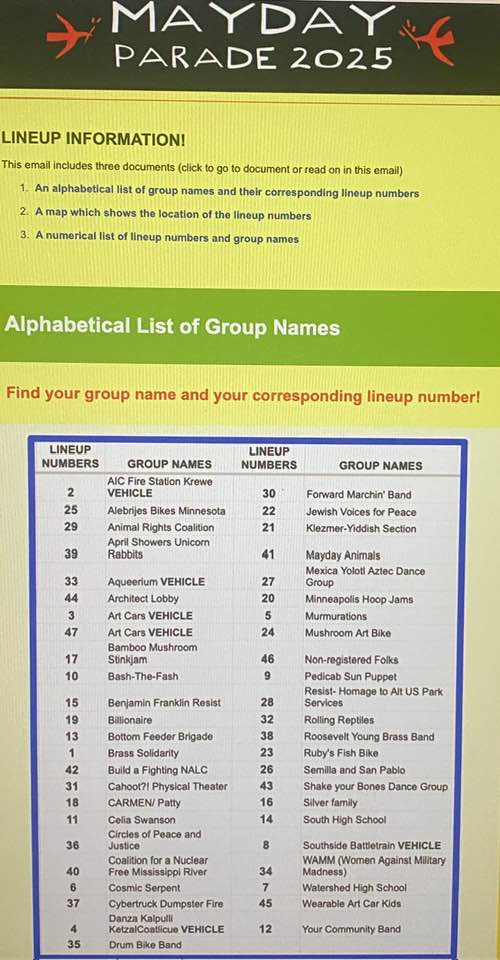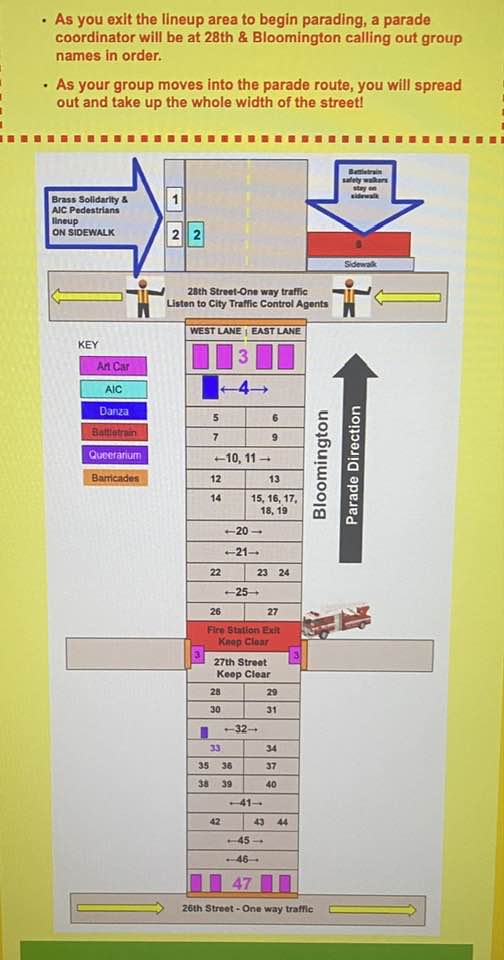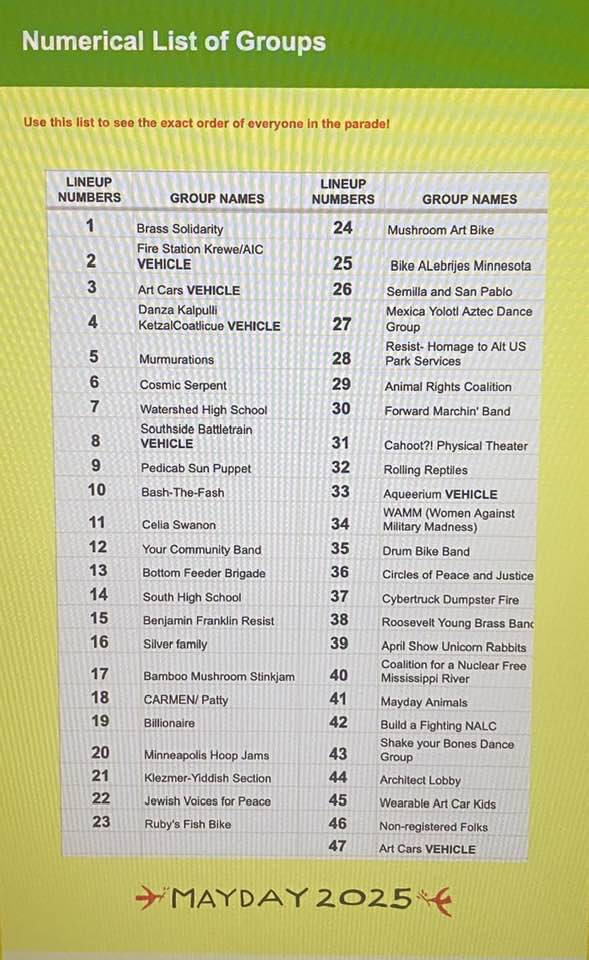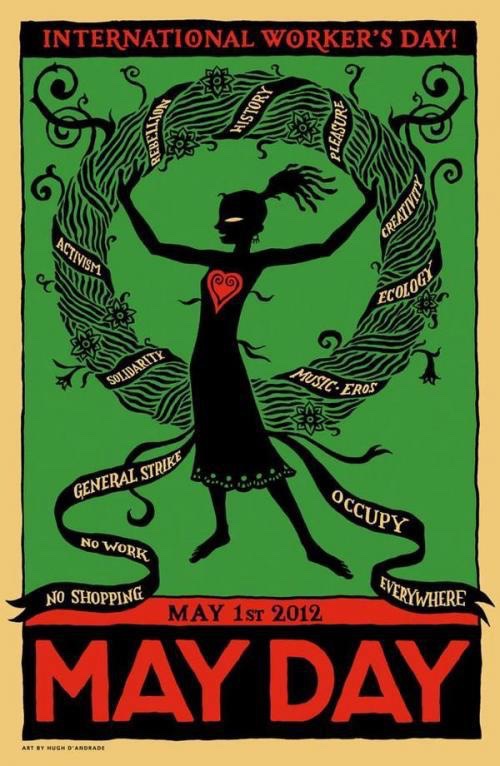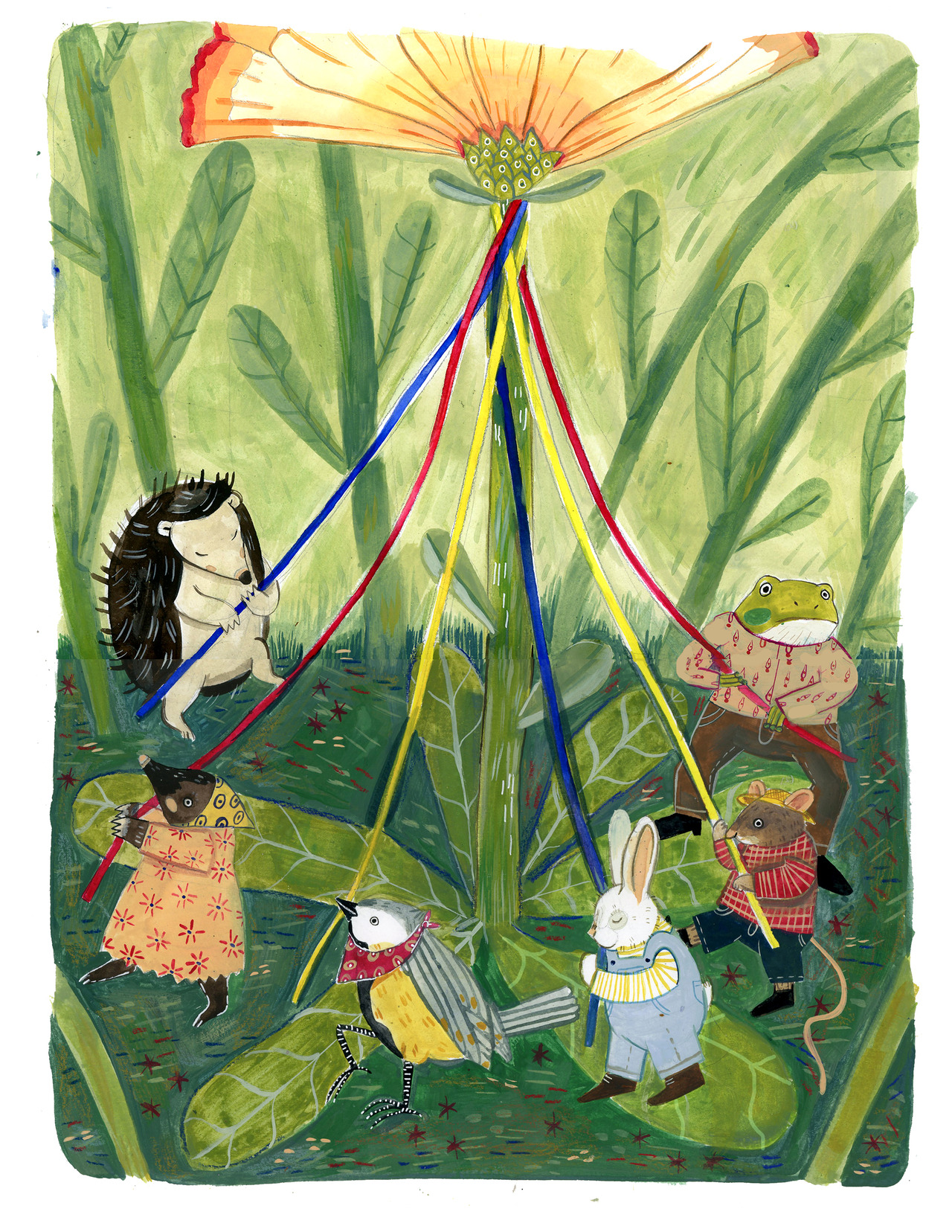Blog
Friday May 2nd 2025. mick will join the Early Music Minnesota concert Chaconnes and Other Hits. FREE ADMISSION at the University Club on Summit Ave in St Paul noon concert. A one hour program of Italian Baroque music.
The poster is for a concert on Saturday May 3rd 3pm at Mount Olive Lutheran church in Minneapolis
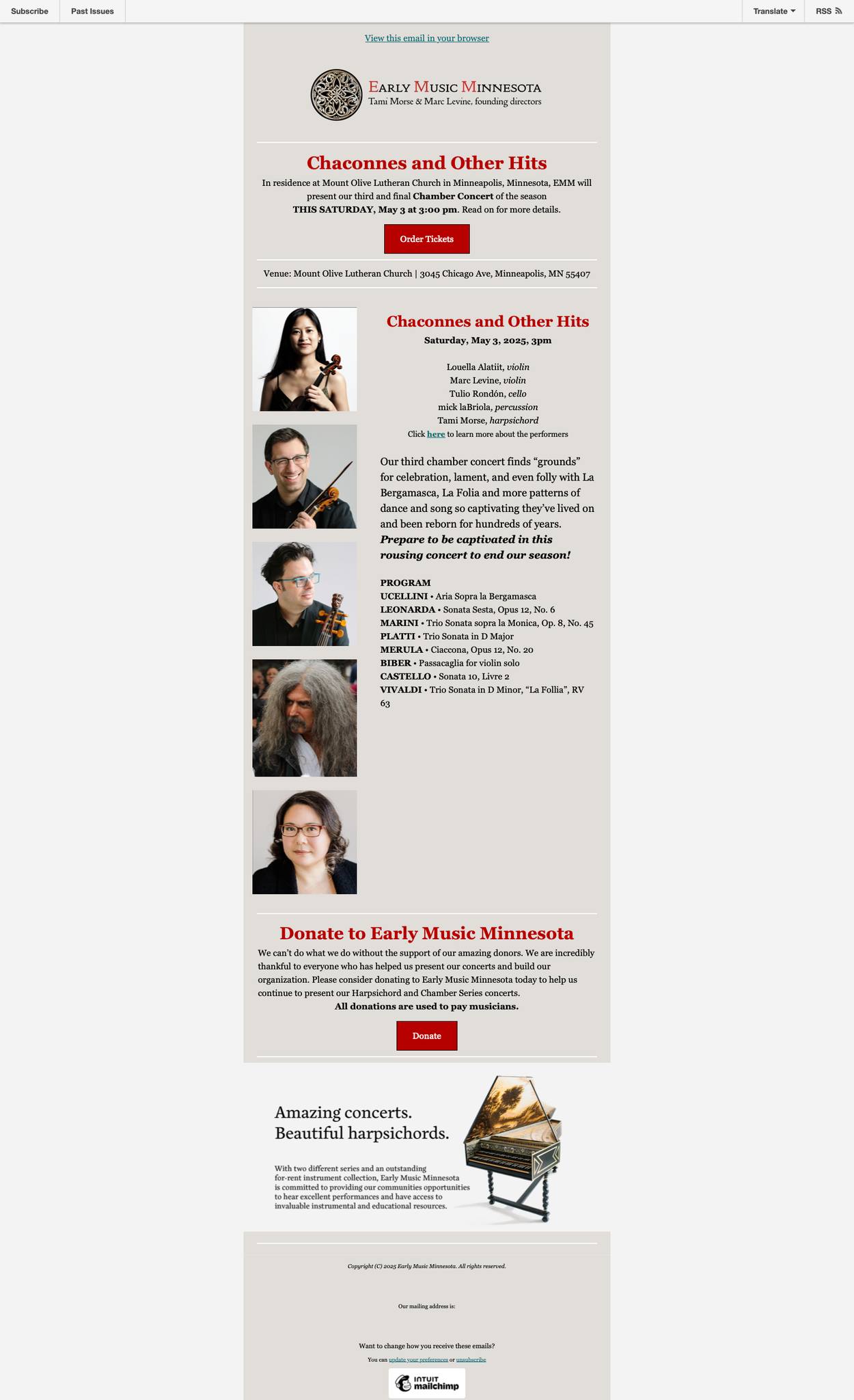
The most massive young star cluster in the Small Magellanic Cloud is NGC 346, embedded in our small satellite galaxy’s largest star forming region some 210,000 light-years distant. Of course the massive stars of NGC 346 are short lived, but very energetic. Their winds and radiation sculpt the edges of the region’s dusty molecular cloud triggering star-formation within. The star forming region also appears to contain a large population of infant stars. A mere 3 to 5 million years old and not yet burning hydrogen in their cores, the infant stars are strewn about the embedded star cluster. This spectacular infrared view of NGC 346 is from the James Webb Space Telescope’s NIRcam. Emission from atomic hydrogen ionized by the massive stars’ energetic radiation as well as molecular hydrogen and dust in the star-forming molecular cloud is detailed in pink and orange hues. Webb’s sharp image of the young star-forming region spans 240 light-years at the distance of the Small Magellanic Cloud.
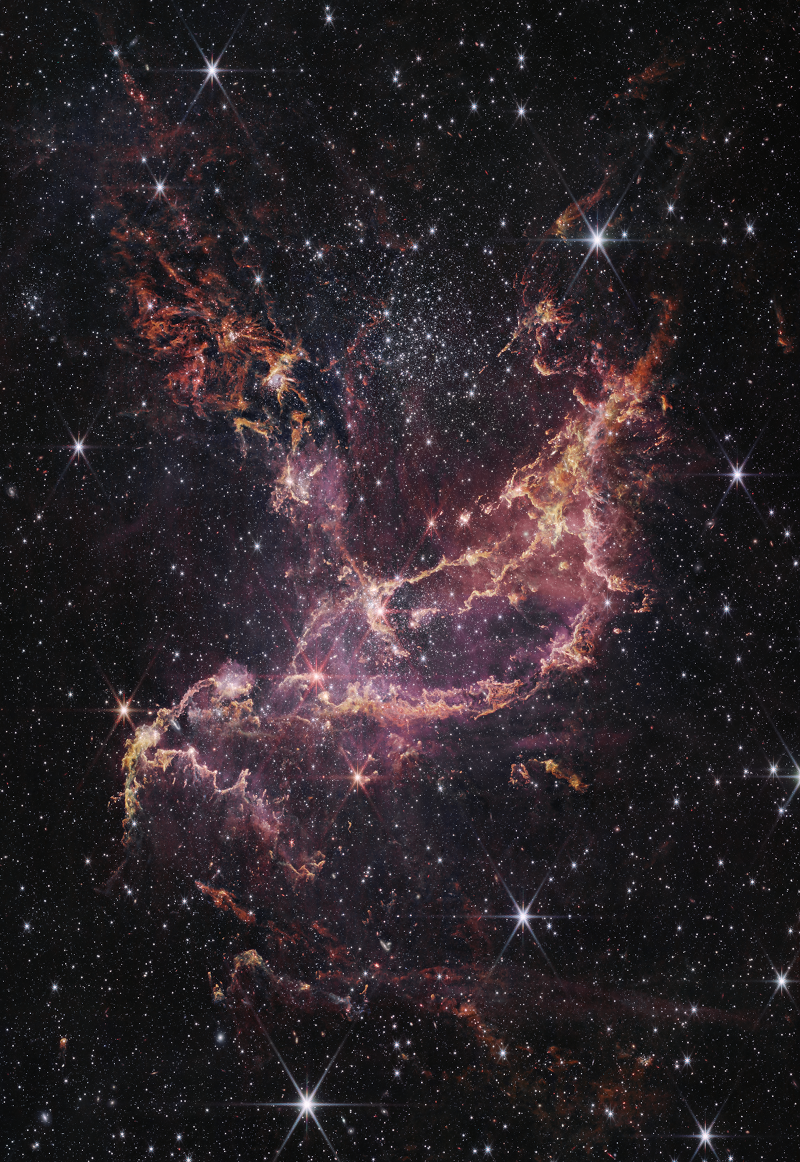
more...
Lorenz Milton Hart (May 2, 1895 – November 22, 1943) was an American lyricist and half of the Broadway songwriting team Rodgers and Hart. Some of his more famous lyrics include “Blue Moon“; “The Lady Is a Tramp“; “Manhattan“; “Bewitched, Bothered and Bewildered“; and “My Funny Valentine“.
more...Alexander Minto Hughes (2 May 1945 – 13 March 1998), better known as Judge Dread, was an English reggae and ska musician. He was the first white recording artist to have a reggae hit in Jamaica, and the BBC has banned more of his songs from radio and television than those of any other recording artist, because of his frequent use of sexual innuendo and double entendres. Following his death, Rolling Stonereported, “He sold several million albums throughout his 25-plus year career and was second only to Bob Marley in U.K. reggae sales during the 1970s”.
more...Edward Clifton Green. (born May 2, 1933 in Willow Grove, Philadelphia, Pennsylvania, died July 5, 2004). American jazz/funk/soul keyboardist and composer.
Legendary and highly-respected Philadelphia pianist / keyboardist Eddie Green was a sideman on dozens of projects, and finally released two CDs as a leader, the long out-of-print debut “This One’s For You” and his posthumously-released coda Shades of Green.
After informal tutoring with Bud and Richie Powell and studying harmony, theory, composition and arranging at Combs College of Music, Eddie Green performed with the likes of Dexter Gordon, Slide Hampton, Donald Byrd, Hank Crawford, Max Roach, Betty Carter, Gary Bartz, George Coleman, Junior Cook and many others. He was on records that went “gold:” Billy Paul’s “Me and Mrs. Jones” and Lou Rawls’ “When You’ve Heard Lou, You’ve Heard It All.” His distinctive touch graced albums by guitar virtuoso Pat Martino, Sonny Criss and Jean Carn; in addition to his musicianship, his talents as as a composer were spotlighted on recordings by his own groundbreaking ’70s fusion group Catalyst, the Odean Pope Saxophone Choir, Rochelle Ferrelle and Suzanne Cloud.
Green appeared internationally at the Mt. Fuji (Japan), North Sea (Holland), Montreaux (Switzerland) and Nice (France) Jazz Festivals. Locally in Philadelphia, he was awarded honors by the Trane Stop Resource Institute, the City of Philadelphia and the Mill Creek Jazz and Cultural Society for both the 1993 and 1994 “Reader’s Choice” Best Jazz Piano. Eddie Green never omitted the listener from his Jazz equation.
more...Existing somewhere between Soleares and Bulerías, Soléa por bulerías combines standard chord patterns associated with the Soleares with the pulse of the Bulerías.
Here are two basic compás patterns for Soleá por bulerías. These patterns can be used to maintain the compás between letras, and to accompany marking steps or footwork sections.
The first pattern includes the distinctive descending bass line often associated with the form:
12 1 2 3 4 5 6 7 8 9 10 11
Bb Fmaj7 Bb. A
12 1 2 3 4 5 6 7 8 9 10 11
Vermont-based astrophotographer Michele Hernandez Bayliss has captured stunning views of Messier 94 – also known as the Croc’s Eye galaxy – and the famous Whirlpool galaxy (M 51), both of which are embedded in the constellation Canes Venatici.
The Croc’s Eye galaxy was captured over the nights of April 20 and 21 using a Takahashi TOA-130NFB Refractor in concert with a Stellarvue SVX140T-R telescope, along with the host of peripherals needed to stably capture the deep sky images. 25.11mly
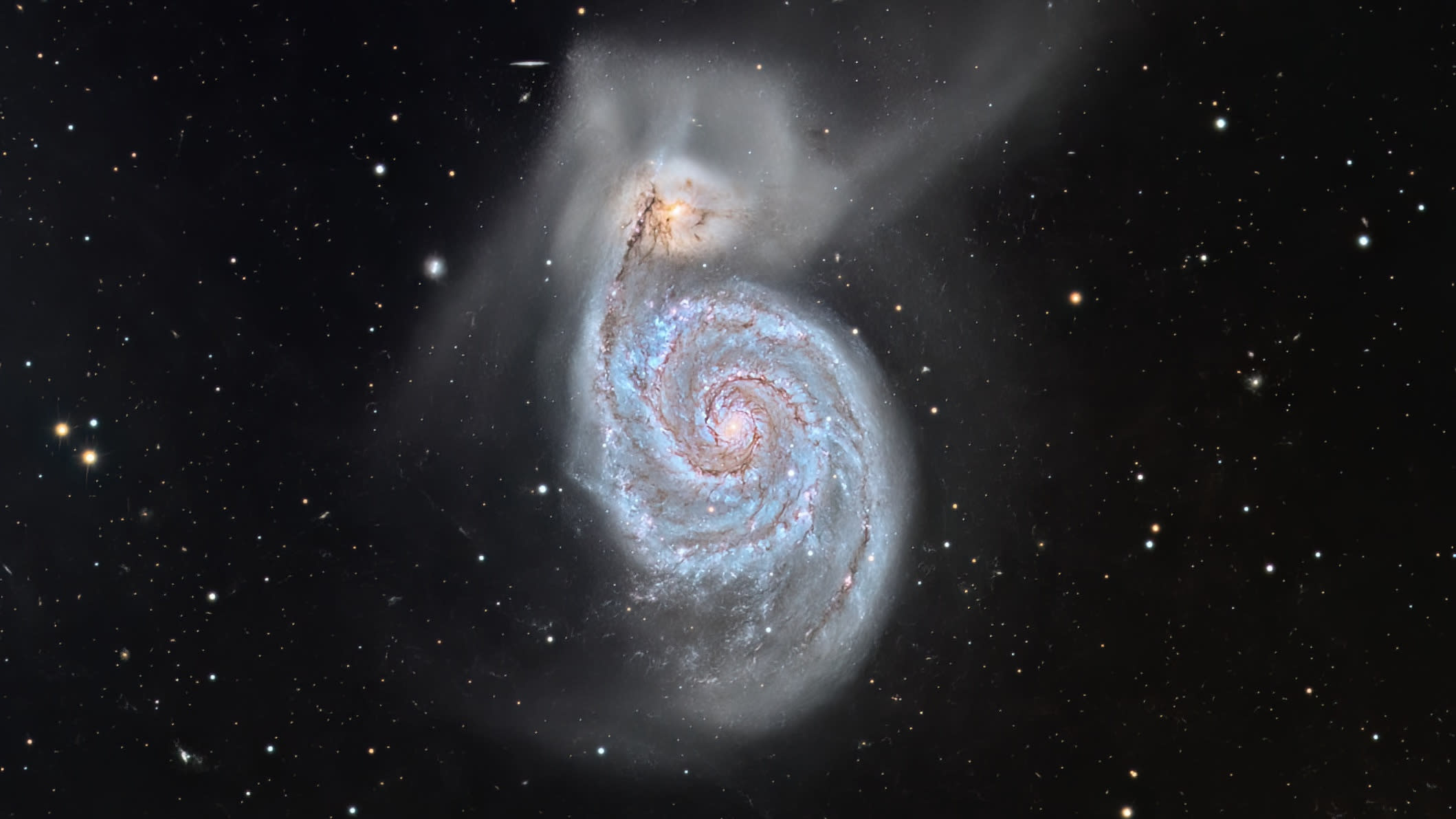
Judith Marjorie Collins (born May 1, 1939) is an American singer-songwriter and musician with a career spanning nearly seven decades. An Academy Award-nominated documentary director and a Grammy Award-winning recording artist, she is known for her eclectic tastes in the material she records (which has included folk music, country, show tunes, pop music, rock and roll and standards), for her social activism, and for the clarity of her voice. Her discography consists of 36 studio albums, nine live albums, numerous compilation albums, four holiday albums, and 21 singles.
Collins’ debut studio album, A Maid of Constant Sorrow, was released in 1961 and consisted of traditional folk songs. She had her first charting single with “Hard Lovin’ Loser” (No. 97) from her fifth studio album In My Life (1966), but it was the lead singlefrom her sixth studio album Wildflowers (1967), “Both Sides, Now” – written by Joni Mitchell – that gave her international prominence. The single reached No. 8 on the Billboard Pop Singles chart and won Collins her first Grammy Award for Best Folk Performance. She enjoyed further success with her recordings of “Someday Soon“, “Chelsea Morning” (also written by Mitchell), “Amazing Grace“, “Turn! Turn! Turn!“, and “Cook with Honey”.
Collins experienced the biggest success of her career with her recording of Stephen Sondheim‘s “Send in the Clowns” from her tenth studio album Judith (1975). The single peaked at No. 36 on the Billboard Pop Singles chart in 1975 and then again in 1977 at No. 19, spending 27 non-consecutive weeks on the chart and earning her a Grammy Award nomination for Best Pop Vocal Performance, Female, as well as a Grammy Award for Sondheim for Song of the Year. Judith also became her best-selling studio album; it was certified Gold by the RIAA in 1975 for sales of over 500,000 copies and Platinum in 1996 for sales of over 1,000,000 copies.
In 2017, Collins’ rendition of the song “Amazing Grace” was selected for preservation in the National Recording Registry by the Library of Congress as being “culturally, historically, or aesthetically significant”. That same year, she received a Grammy Award nomination for Best Folk Album for Silver Skies Blue with Ari Hest. In 2019 at the age of 80, she scored her first No. 1 album on an American Billboard chart with Winter Stories, a duet album with Norwegian singer, songwriter, and guitarist Jonas Fjeld featuring Chatham County Line. In 2022, she released her first studio album of all original material, titled Spellbound, and it earned her another Grammy nomination for Best Folk Album.
more...
Marion Walter Jacobs (May 1, 1930 – February 15, 1968), known as Little Walter, was an American blues musician, singer, and songwriter, whose revolutionary approach to the harmonica had a strong impact on succeeding generations, earning him comparisons to such seminal artists as Django Reinhardt, Charlie Parker and Jimi Hendrix. His virtuosity and musical innovations fundamentally altered many listeners’ expectations of what was possible on blues harmonica. He was inducted into The Rock and Roll Hall of Fame in 2008, the first and, to date, only artist to be inducted specifically as a harmonica player.
A few months after returning from his second European tour, Little Walter was involved in a fight while taking a break from a performance at a nightclub on the South Side of Chicago. He apparently sustained only minor injuries in this altercation, but they aggravated the damage he had suffered in previous violent encounters, and he died in his sleep at the apartment of a girlfriend, at 209 East 54th Street in Chicago, early the following morning. The official cause of death on his death certificate was coronary thrombosis (a blood clot in the heart). Evidence of external injuries was so insignificant that the police reported that his death was due to “unknown or natural causes”, and no external injuries were noted on the death certificate. His body was buried at St. Mary’s Cemetery, in Evergreen Park, Illinois, on February 22, 1968.
more...Shirley Valerie Horn (May 1, 1934 – October 20, 2005) was an American jazz singer and pianist.[1] She collaborated with many jazz musicians including Miles Davis, Dizzy Gillespie, Toots Thielemans, Ron Carter, Carmen McRae, Wynton Marsalis and others. She was most noted for her ability to accompany herself with nearly incomparable independence and ability on the piano while singing, something described by arranger Johnny Mandel as “like having two heads”, and for her rich, lush voice, a smoky contralto, which was described by noted producer and arranger Quincy Jones as “like clothing, as she seduces you with her voice”.
more...More Posts
- No ICE
- Cosmo M1
- Mahmoud Ahmed
- Keith Jarrett
- Mary Lou Williams
- Robert Johnson
- World Music Kevin Qamaniq-Mason
- Daily Roots Montana
- The Drummers Path
- Bumble Bee Slim
- KARIBUNI Benedictine Living New Brighton performance
- Cosmo M81/82
- Bill Kreutzmann
- Jimmy Ruffin
- Nexhmije Pagarusha
- Pyotr Ilyich Tchaikovsky
- Johannes Brahms
- World Music Western Jazz Band
- Daily Roots Sir P.J.
- MAYDAY 2025 Congero


